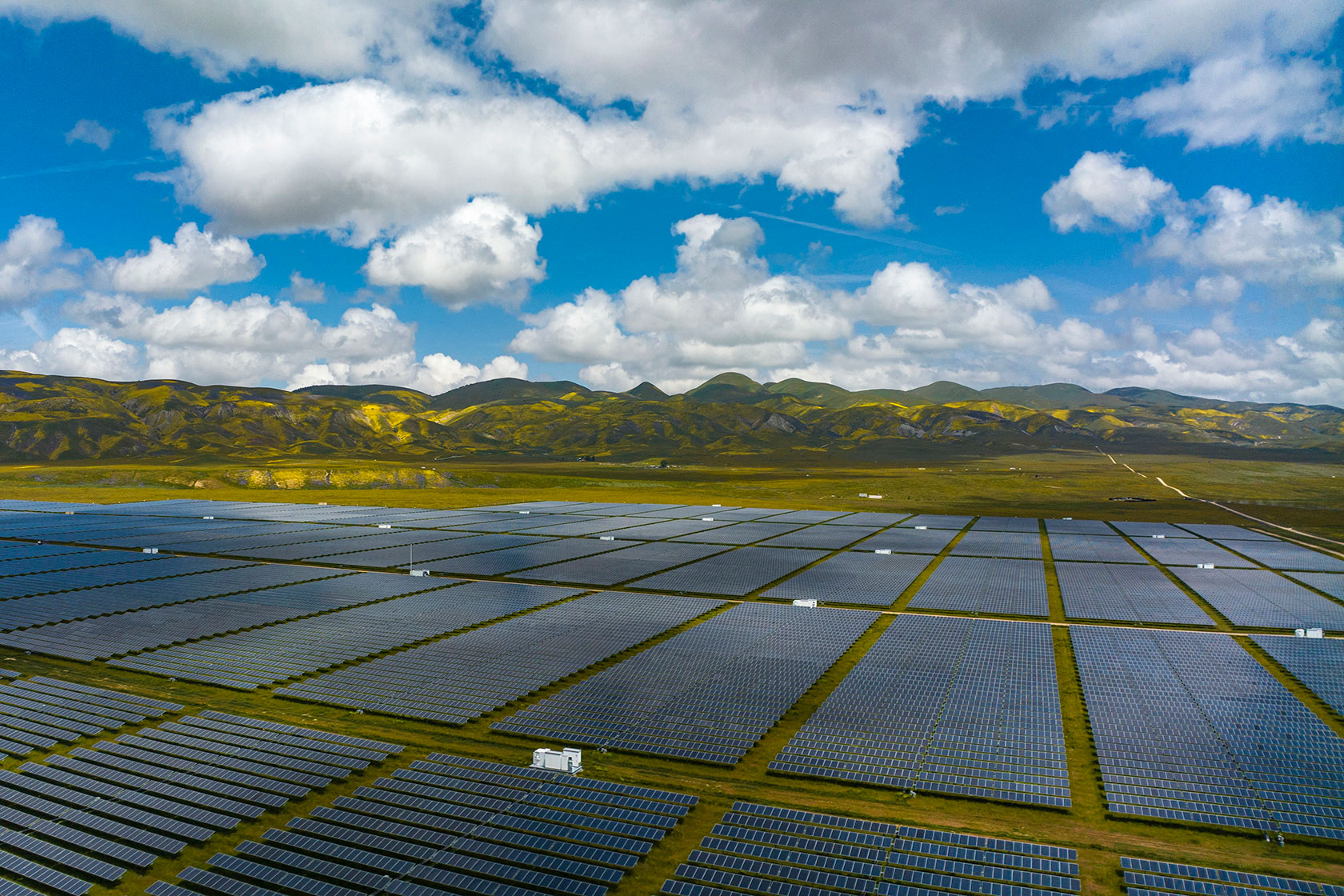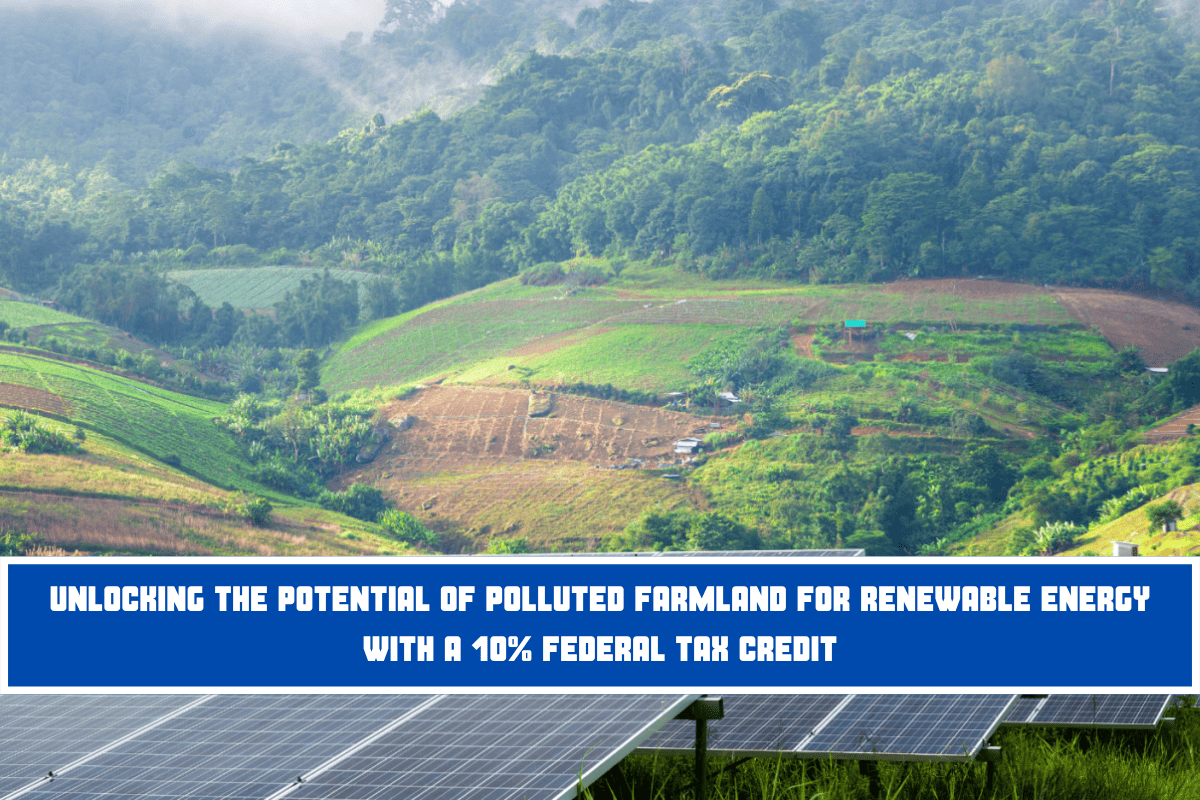As new rules and incentives come out, it’s becoming easier to build green energy projects on polluted farmland that is full of PFAS chemicals. These areas could be turned into clean energy sources that are good for the environment and the economy.
Unlocking the Potential of Polluted Farmland for Renewable Energy
Bloomberg Law says that when new tax rules come out later this year, it might be clear if PFAS-polluted farmland can get a 10% federal tax credit for green energy projects on brownfields. This extra credit is part of the Inflation Reduction Act of 2022 and is available for green energy projects that are built on brownfields in certain “energy communities.”
The Treasury rules and the concept of brownfields don’t say anything about farmland that can’t be used right now. But now that the EPA has said that PFAS chemicals are dangerous, this could help these lands get approved.
Maine has already done something about it by passing a law that gives priority to green energy projects on PFAS-contaminated farmland. This law doesn’t give money as a reward, but it makes it clear that projects should be chosen based on this kind of land.
The Public Utilities Commission of Maine is making rules that will make this goal a reality. The Department of Agriculture, Conservation, and Forestry chooses which areas are eligible based on things like the amount of PFOS contamination.

Renewable Energy Projects on Contaminated Land Gain Momentum as Incentives Emerge
As new rules come out, people who work on renewable energy are paying close attention. Walden Renewables is going to try to get state and federal tax breaks for a solar project on a Maine dairy farm that has been affected with PFAS. Dirigo Solar LLC says that putting up solar panels won’t damage the land too much.
It’s still not easy, because it costs a lot to connect to the power grid, but the planned tax credit and state programs should help big projects move forward. This could help farmers and investors because it would allow them to use polluted land in a useful way.
With the new federal tax credit, it might be even more appealing to use PFAS-contaminated farmland for something else. This is similar to Maine’s work to make these lands more valuable for solar energy projects.
More quickly rebuilding of these areas might be possible if tax breaks and state rules that support using polluted farmland for green projects are put together. This would be good for both the economy and the environment.
People are hoping that when the Treasury Department finishes its rules, it will lead to more support for projects that turn land that wasn’t being used into clean energy sources.















Leave a Reply